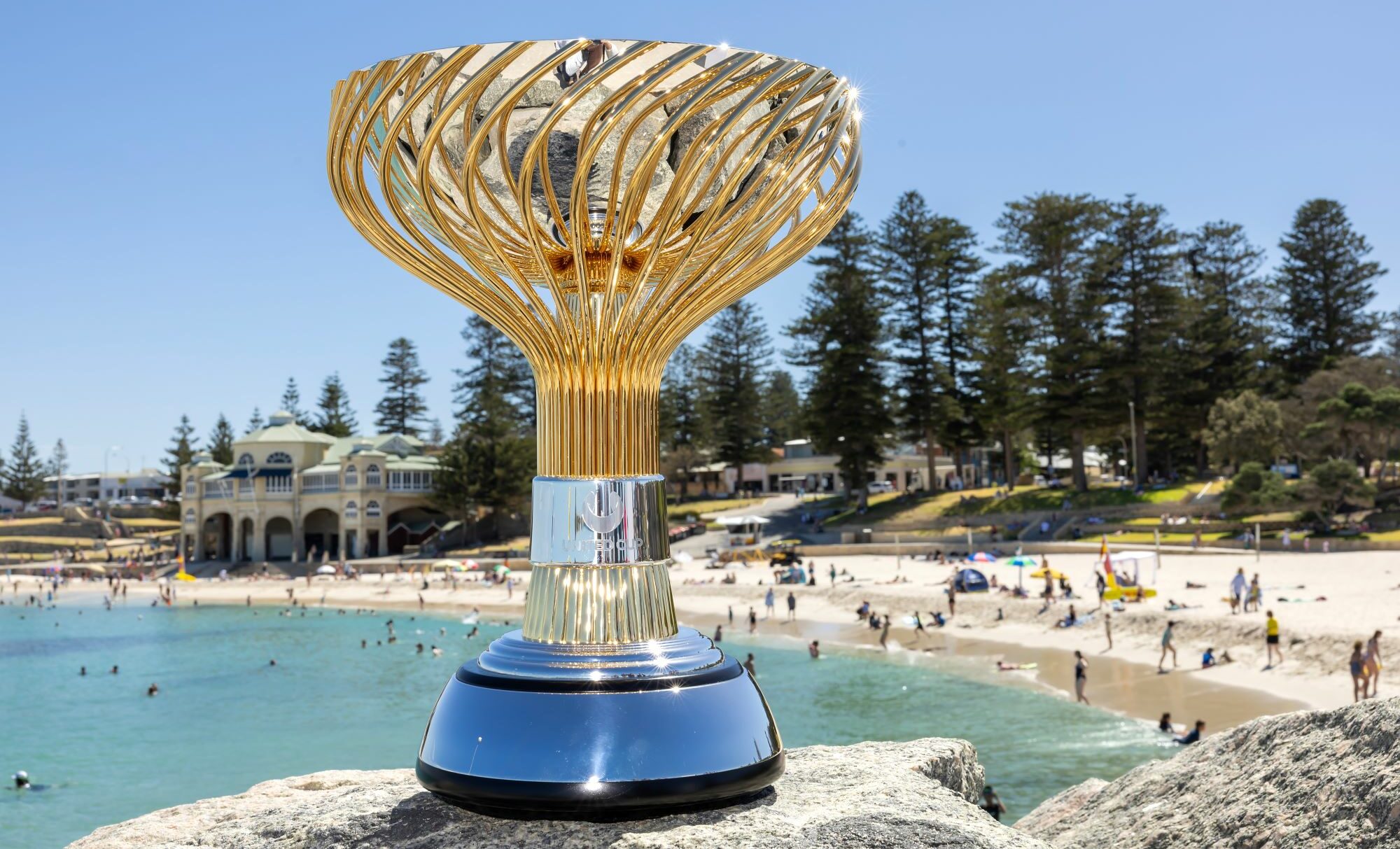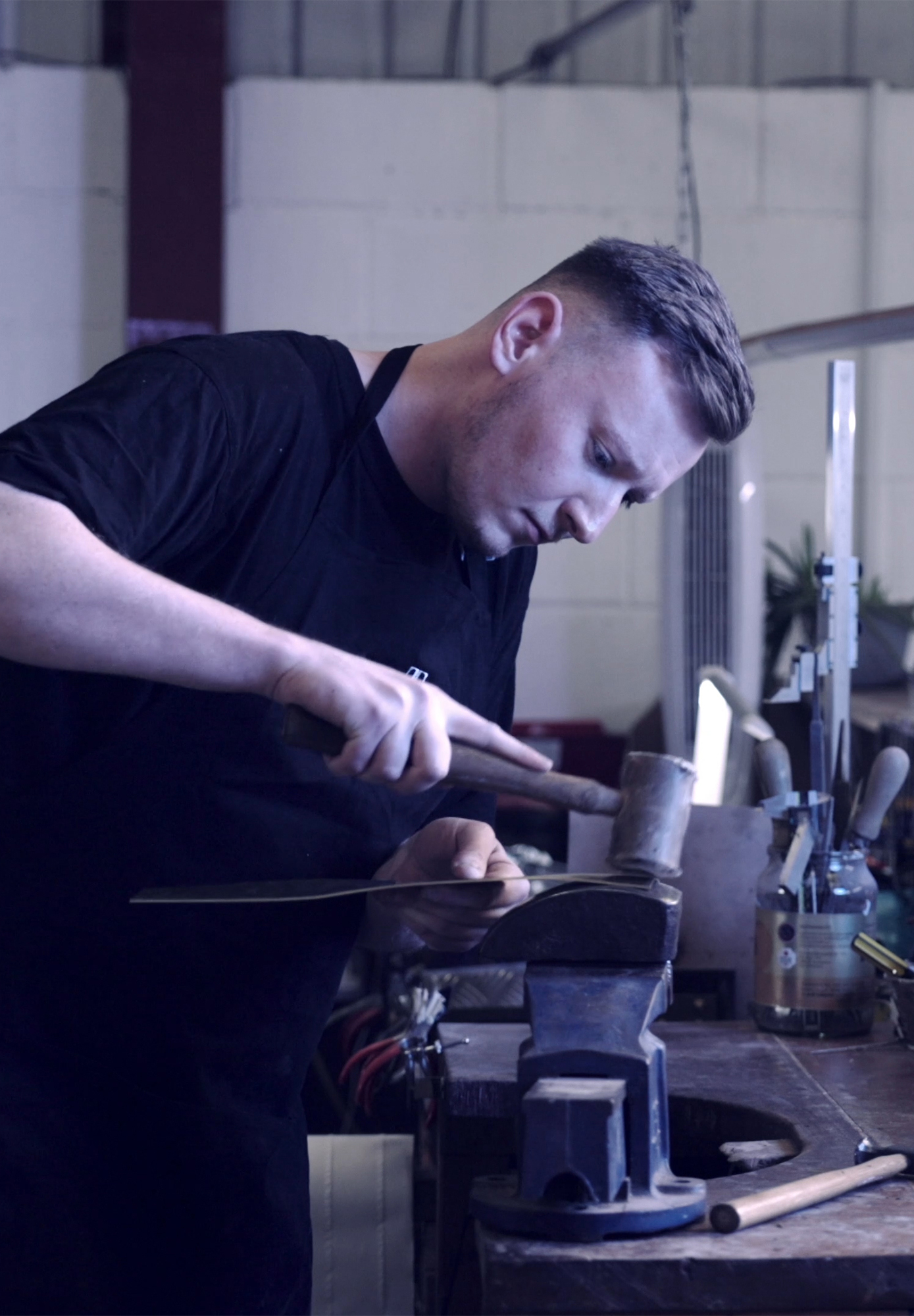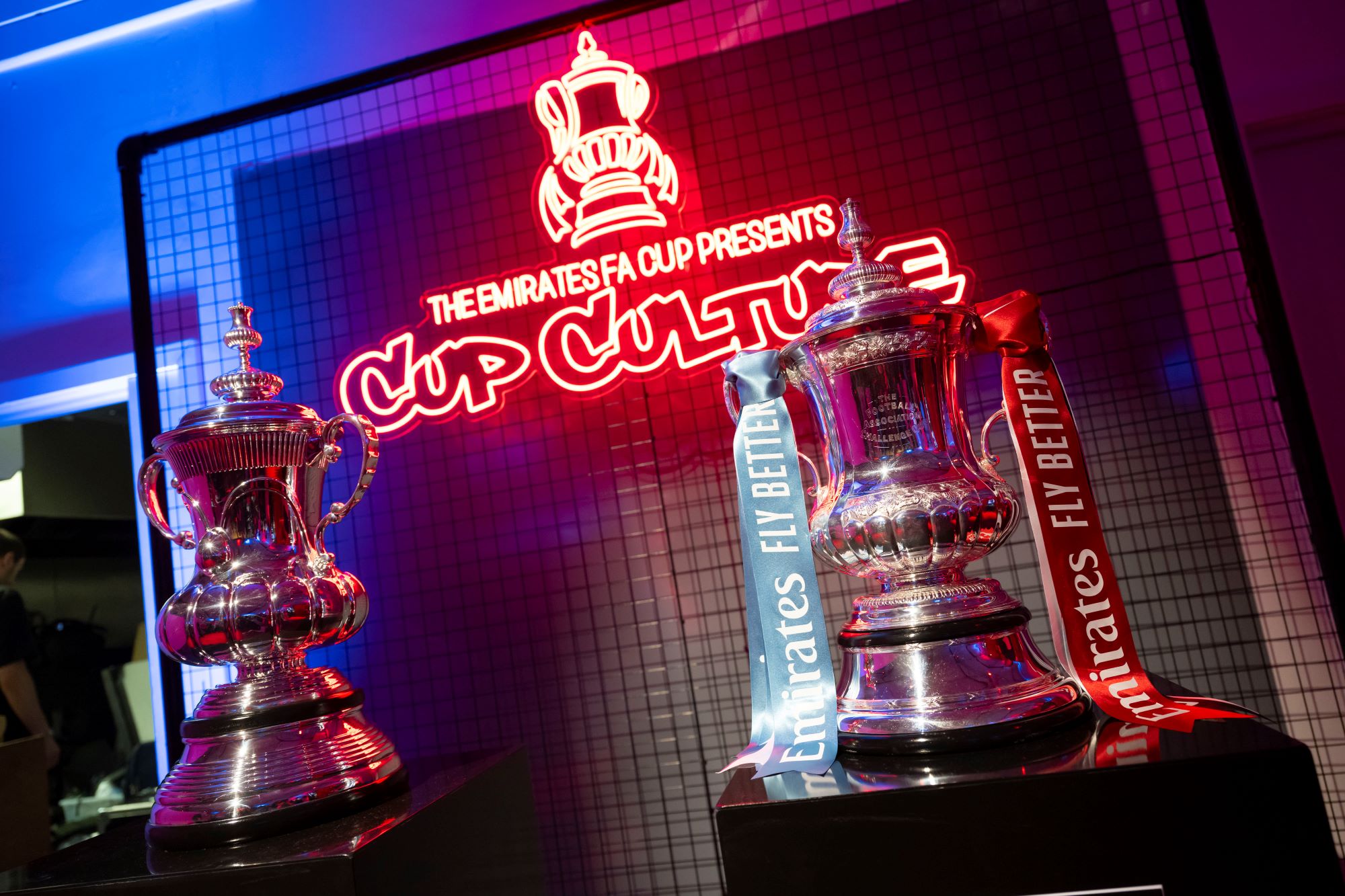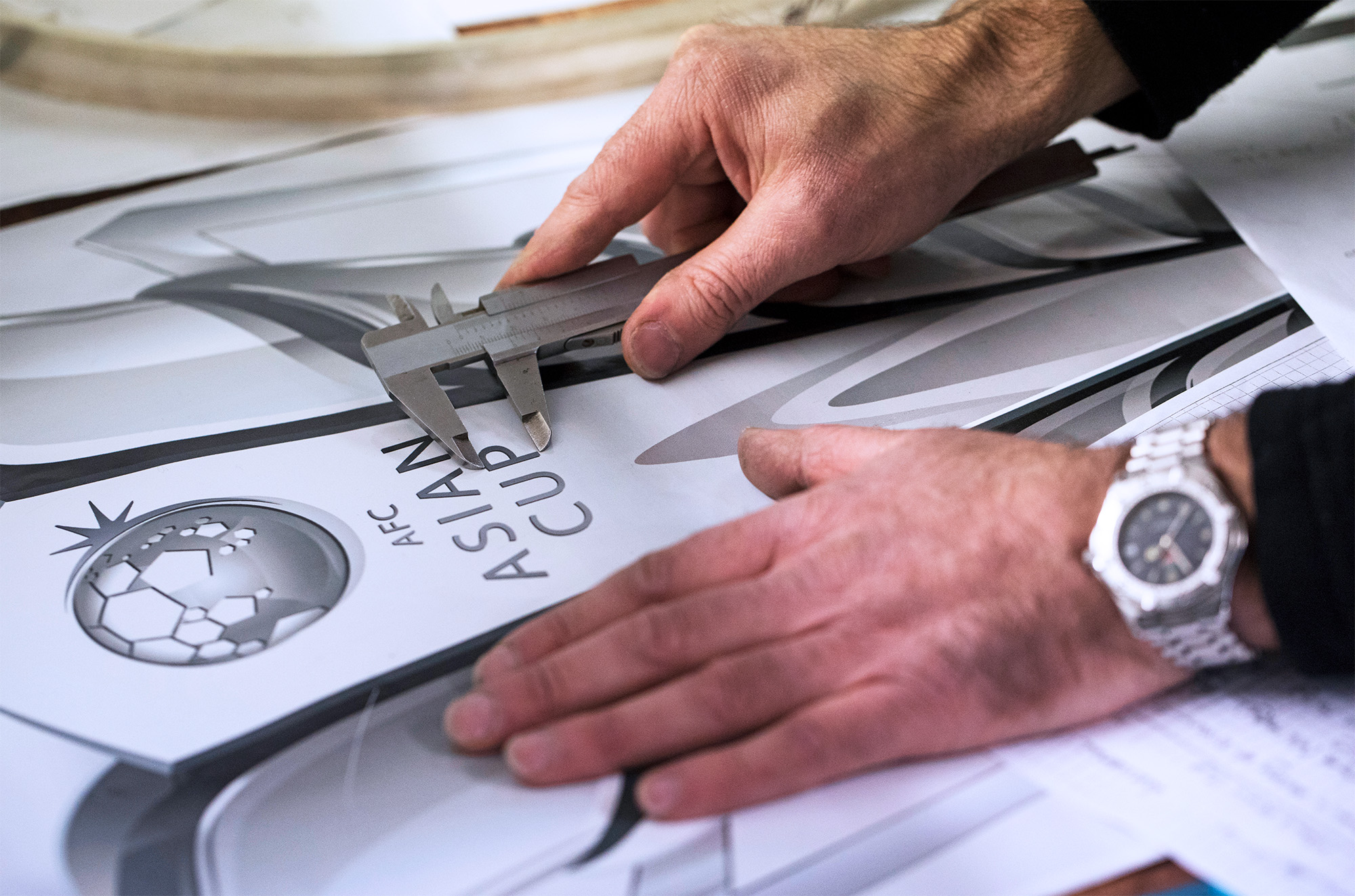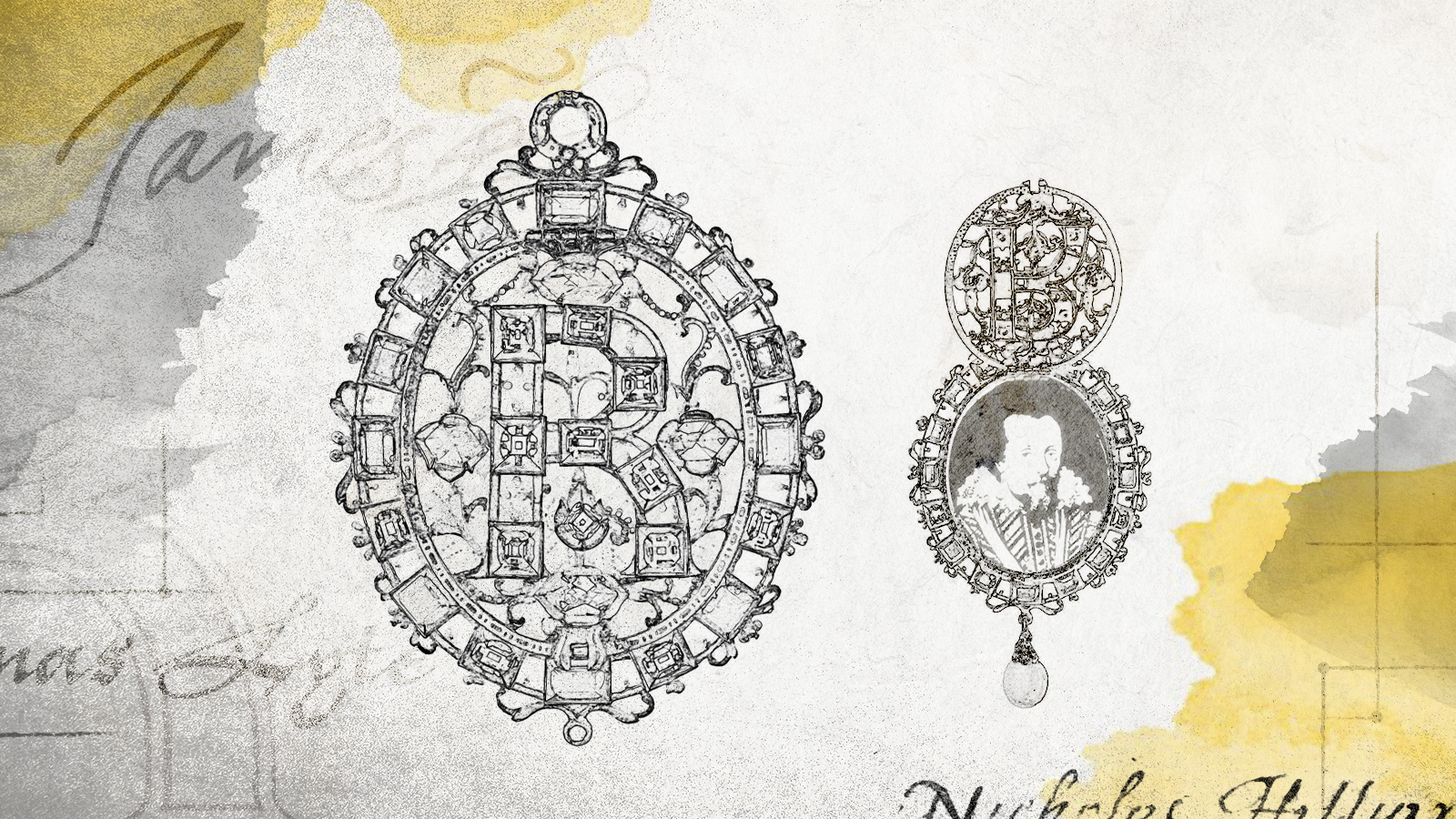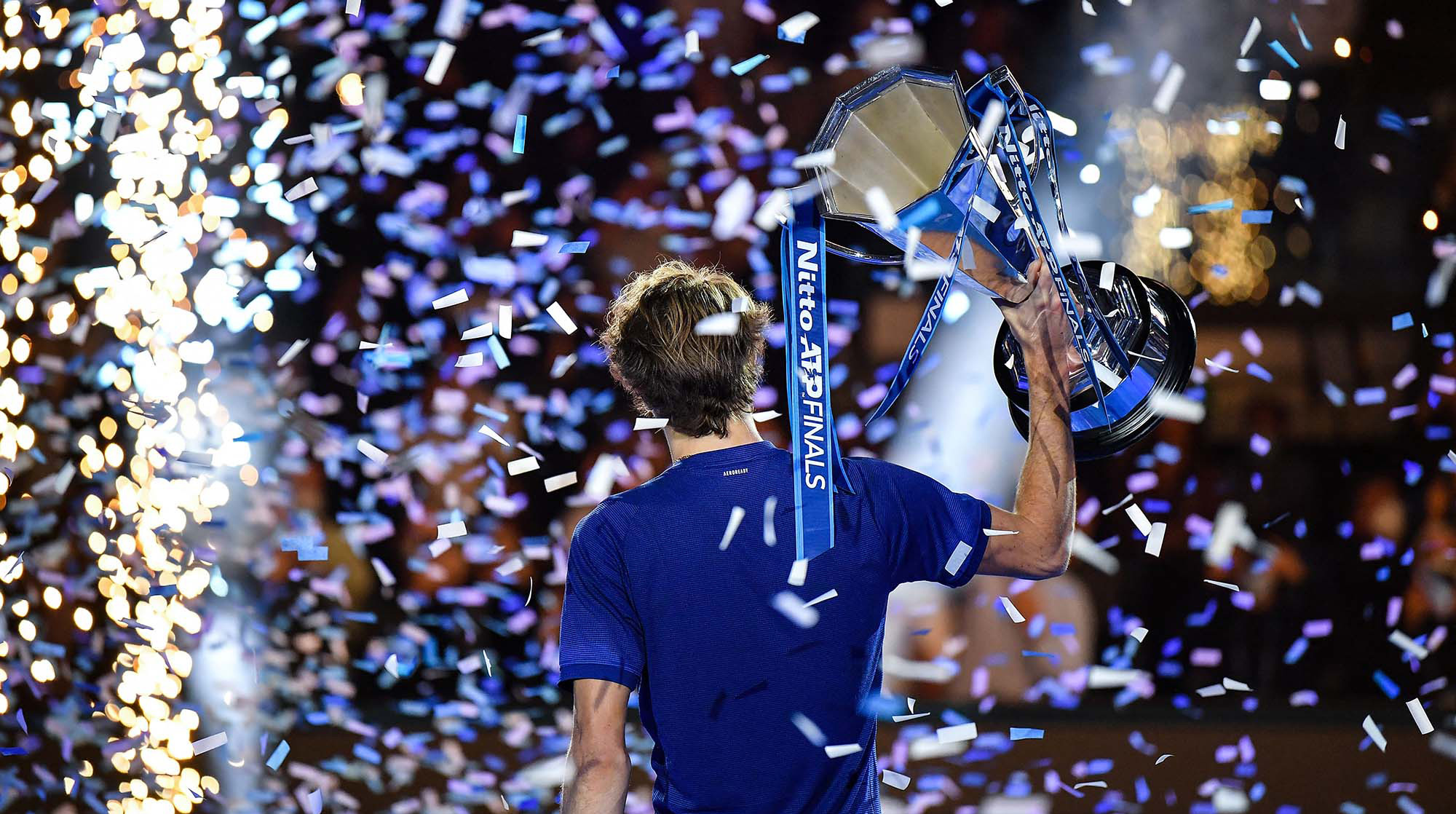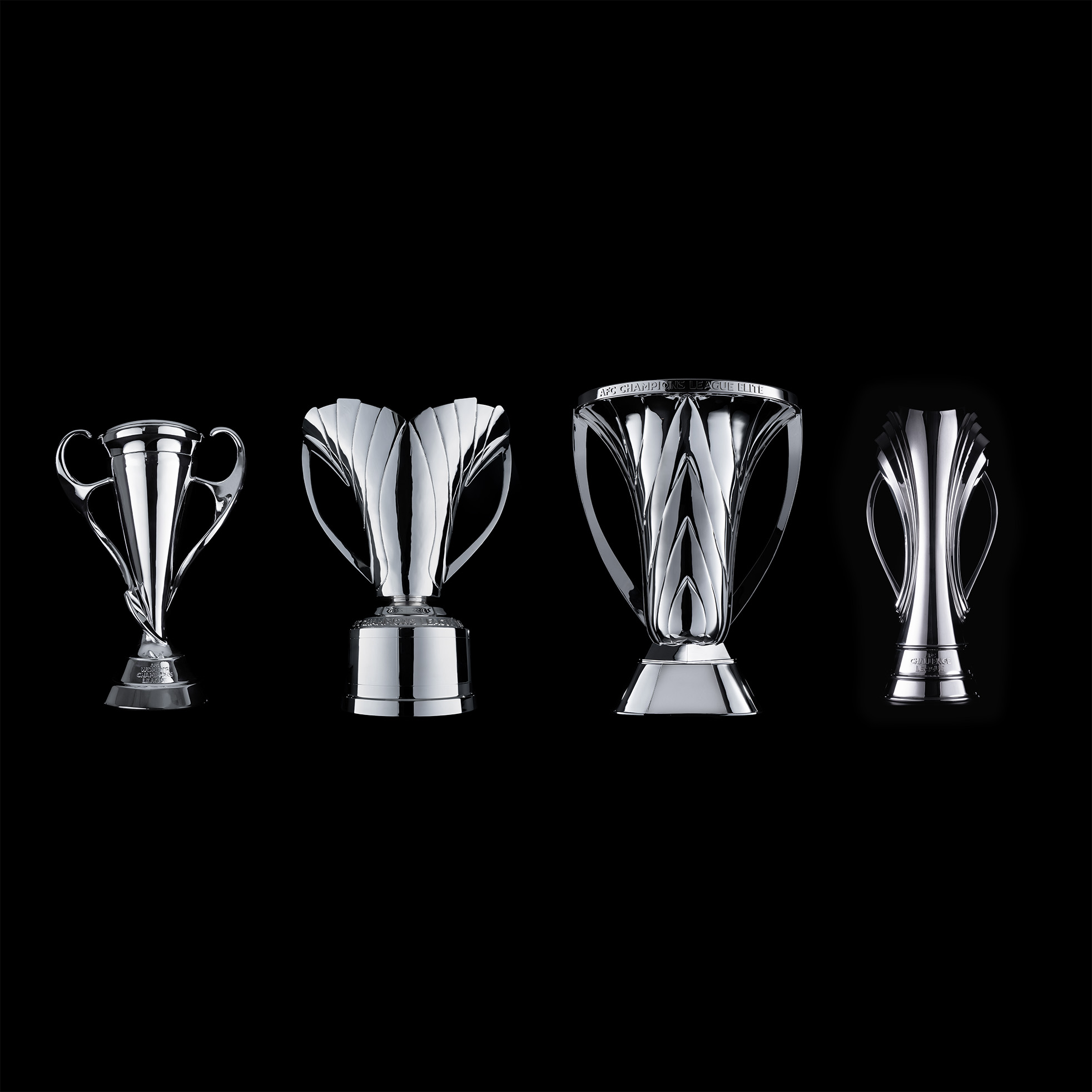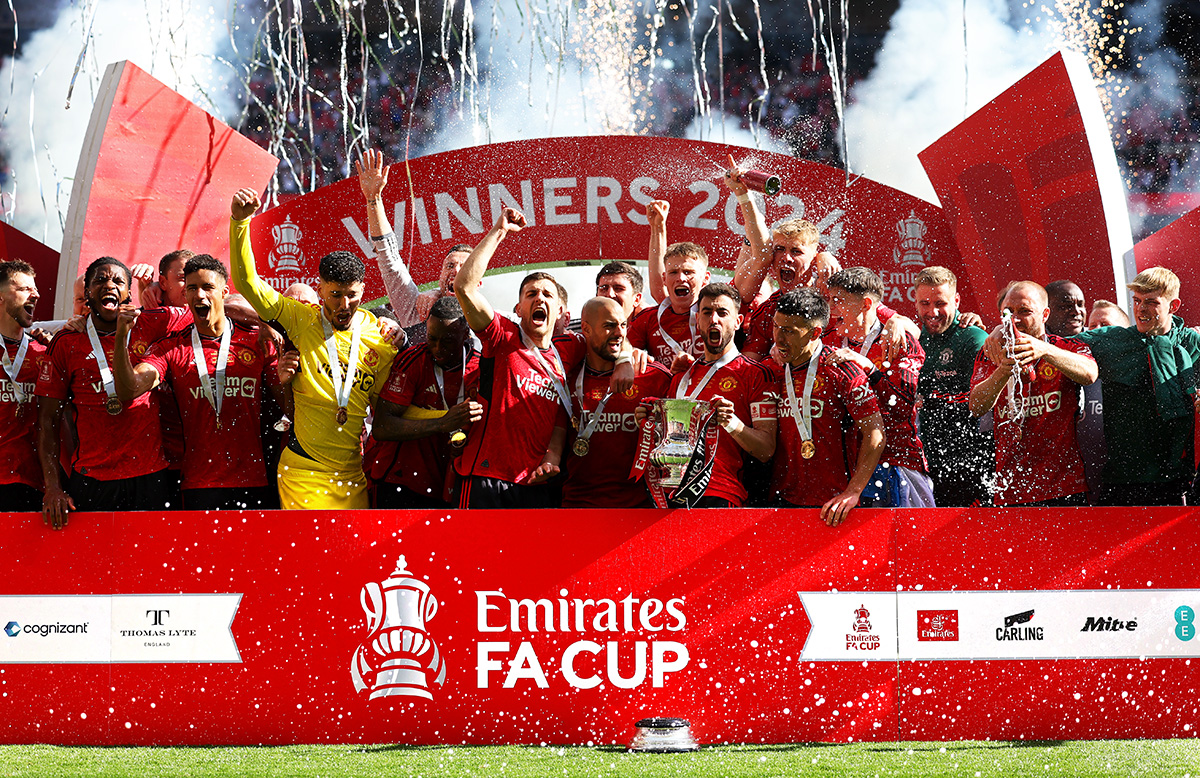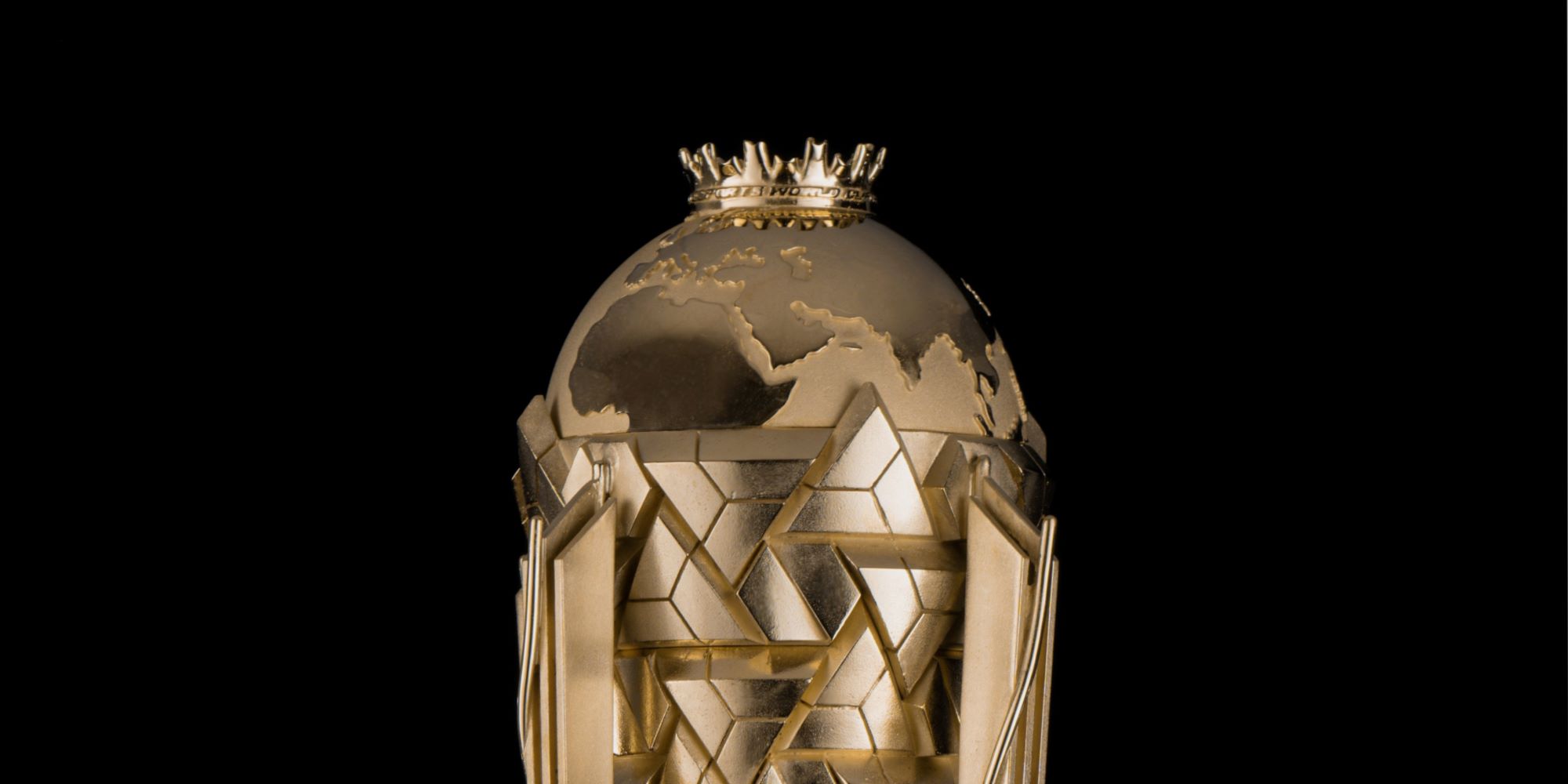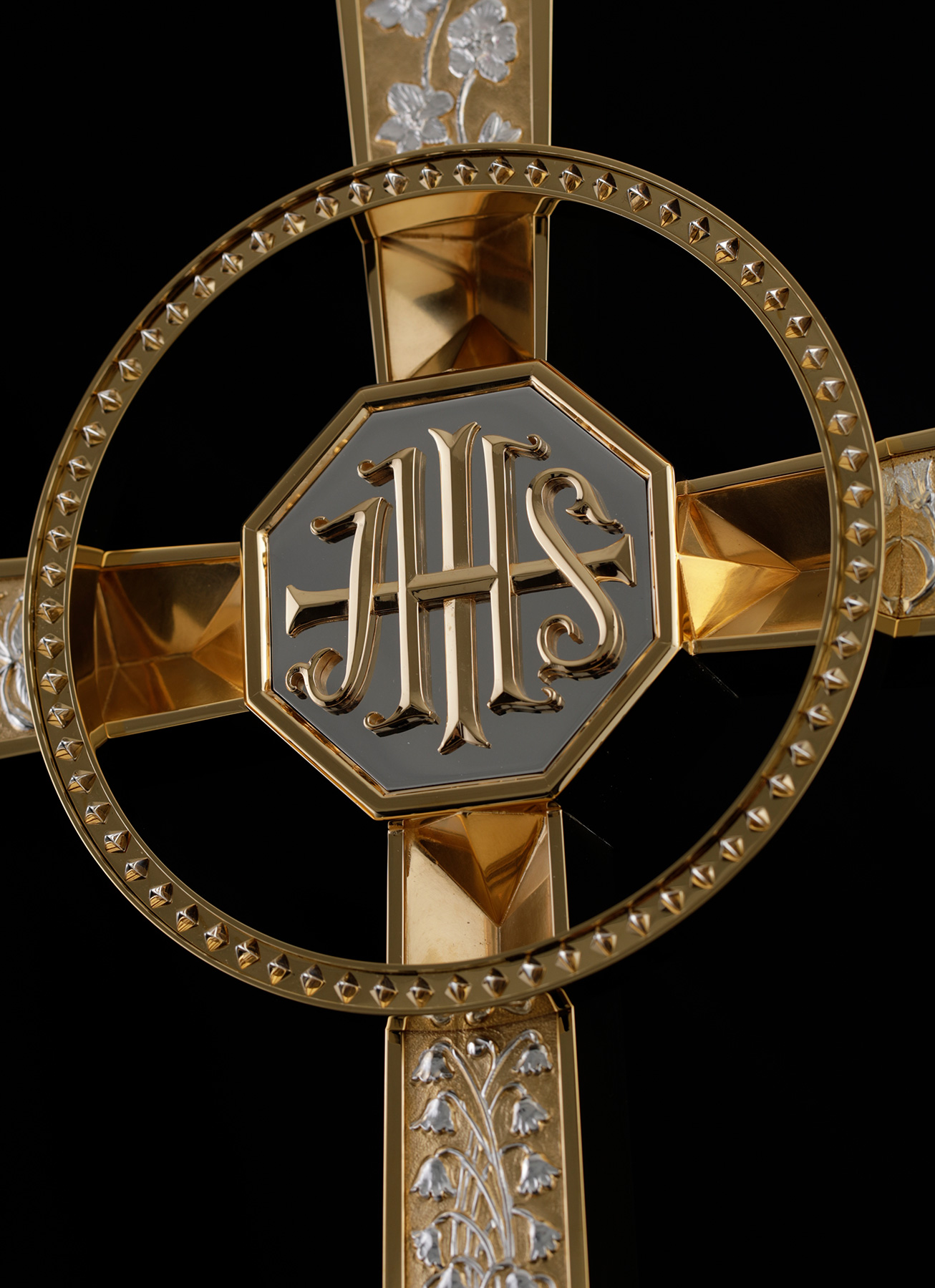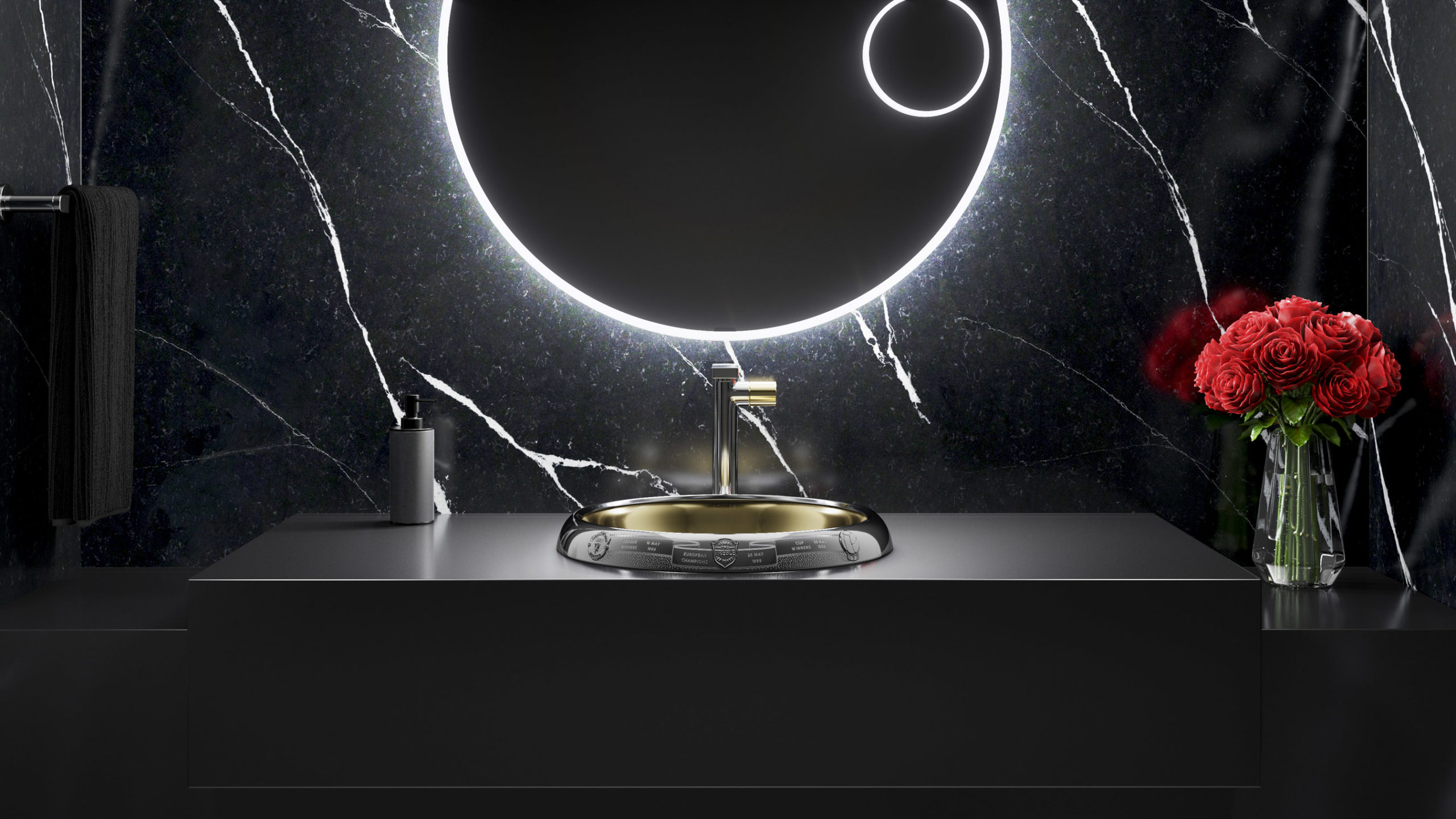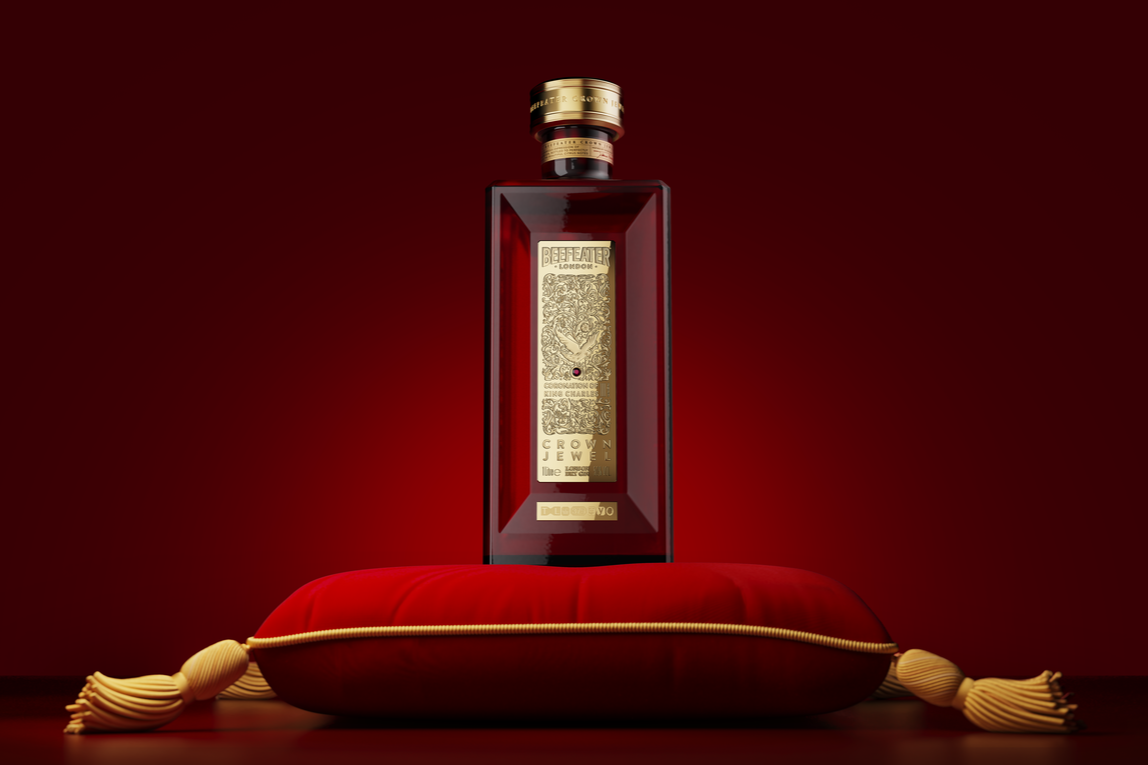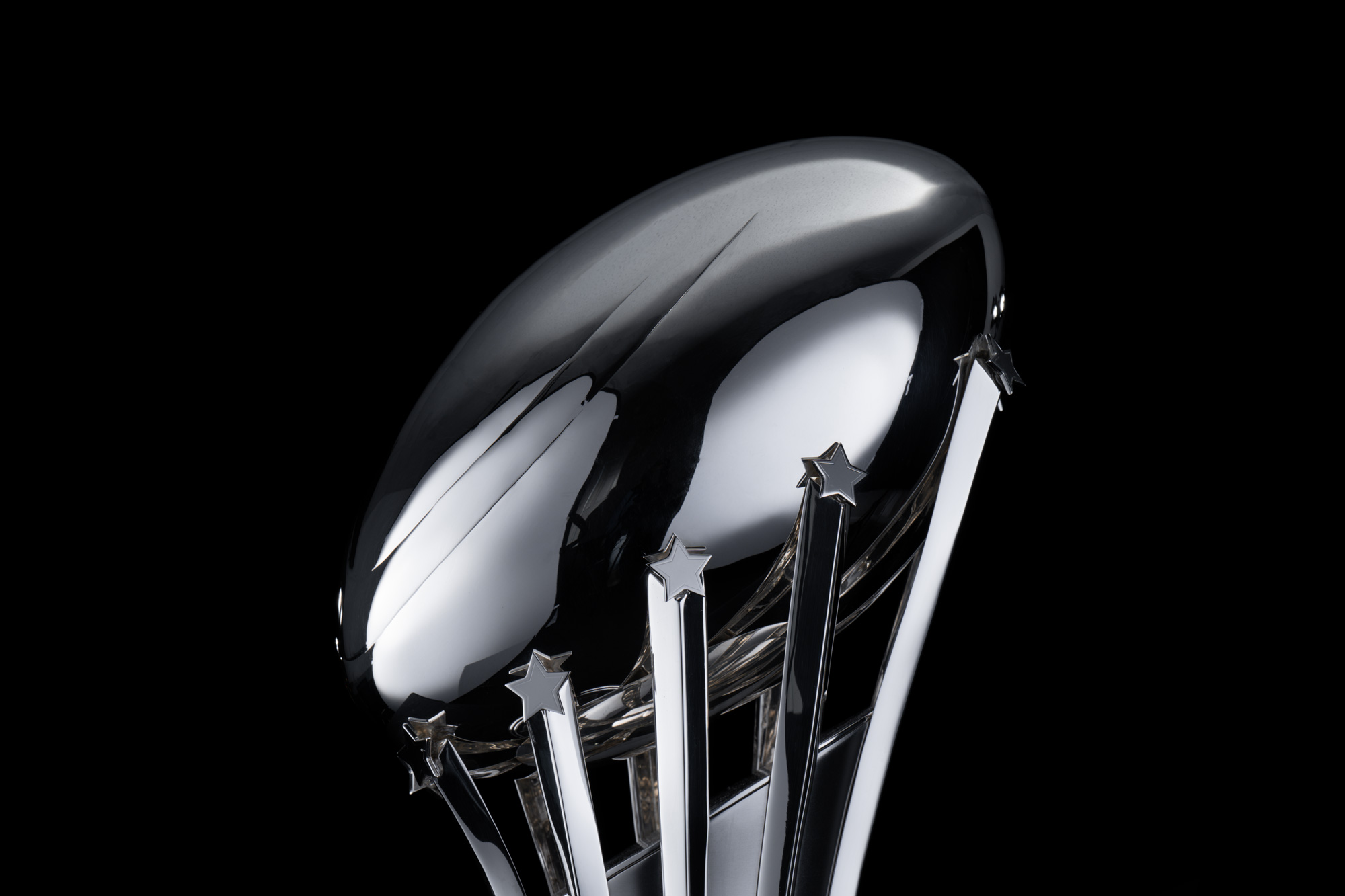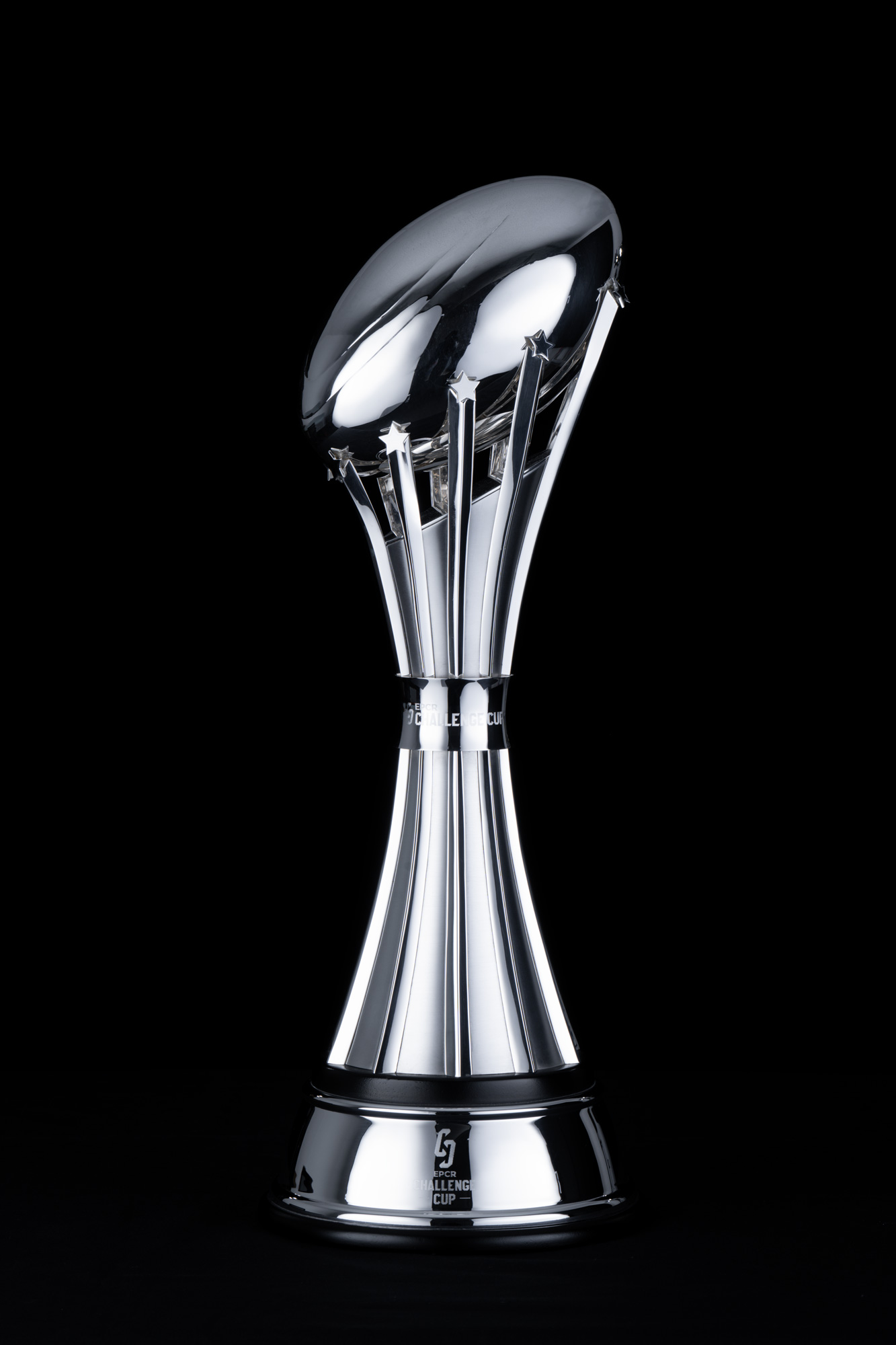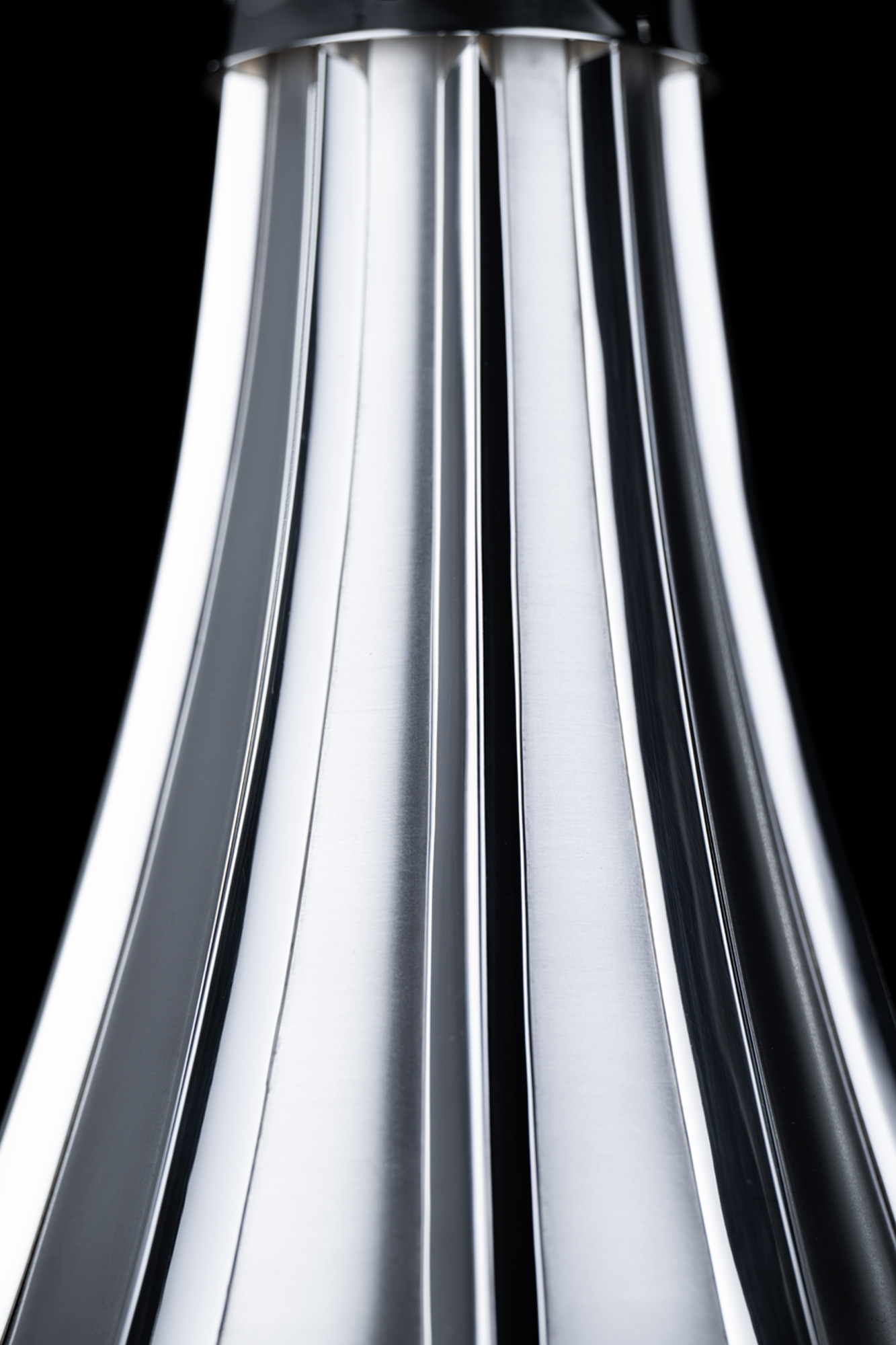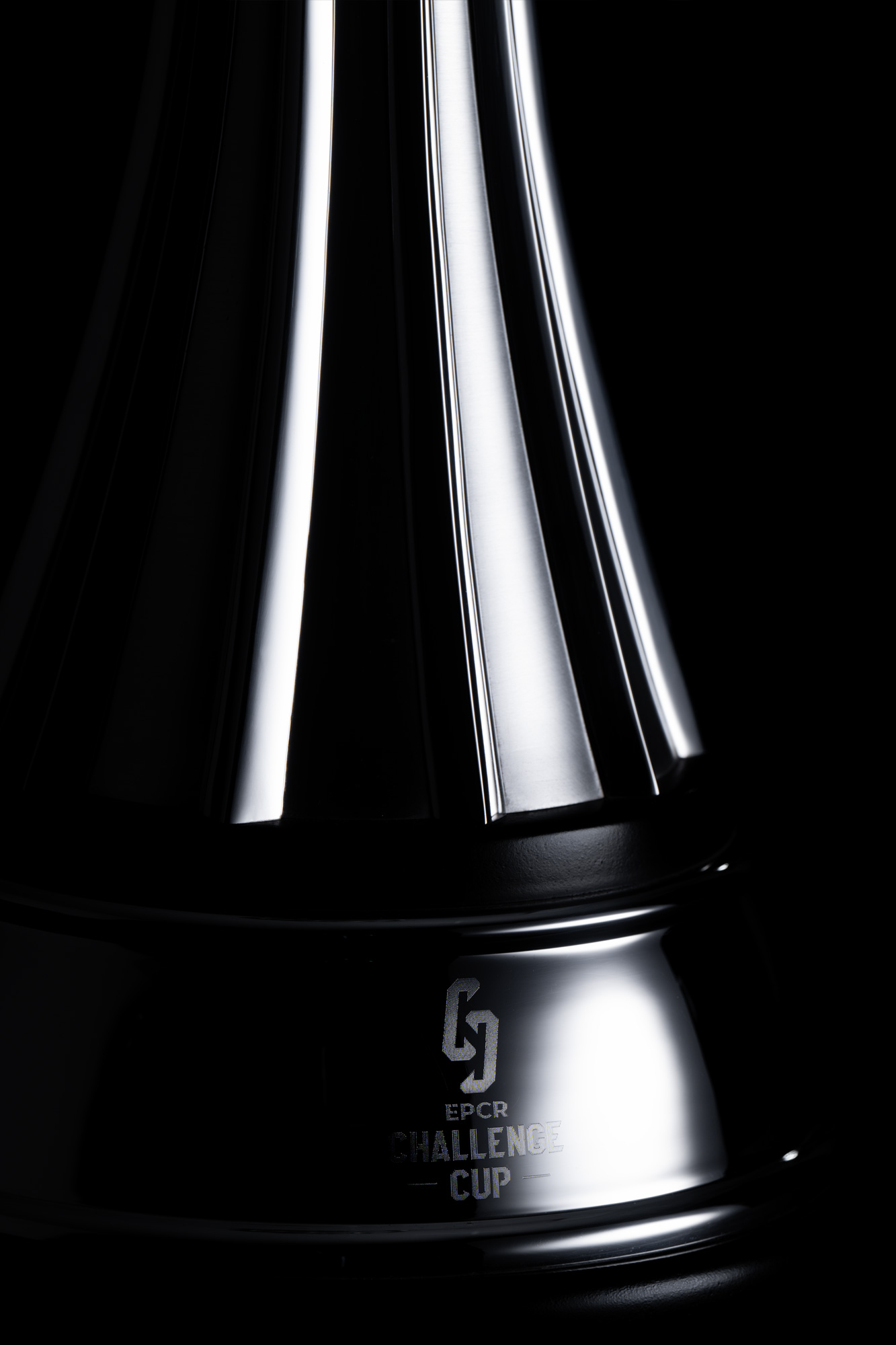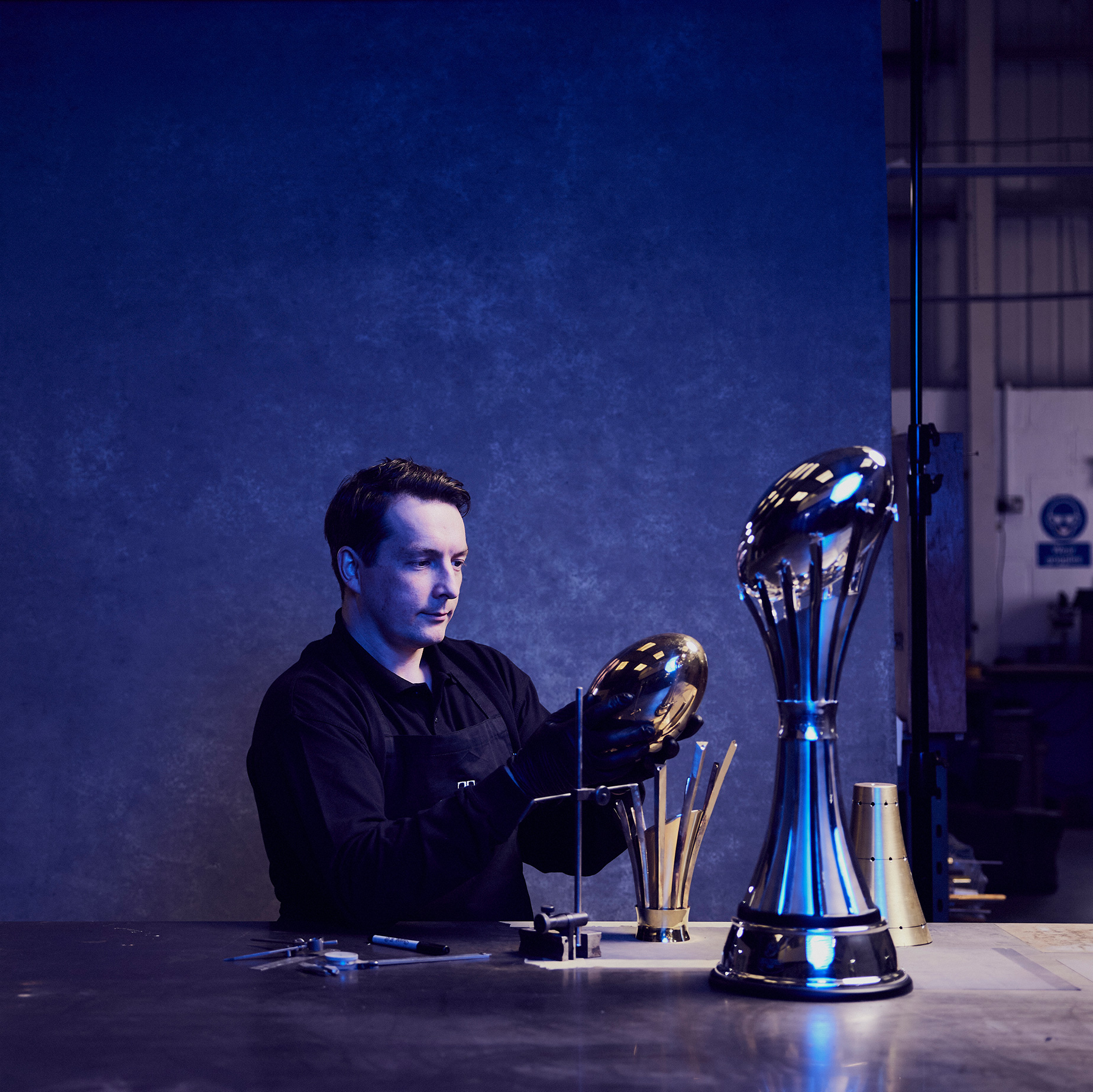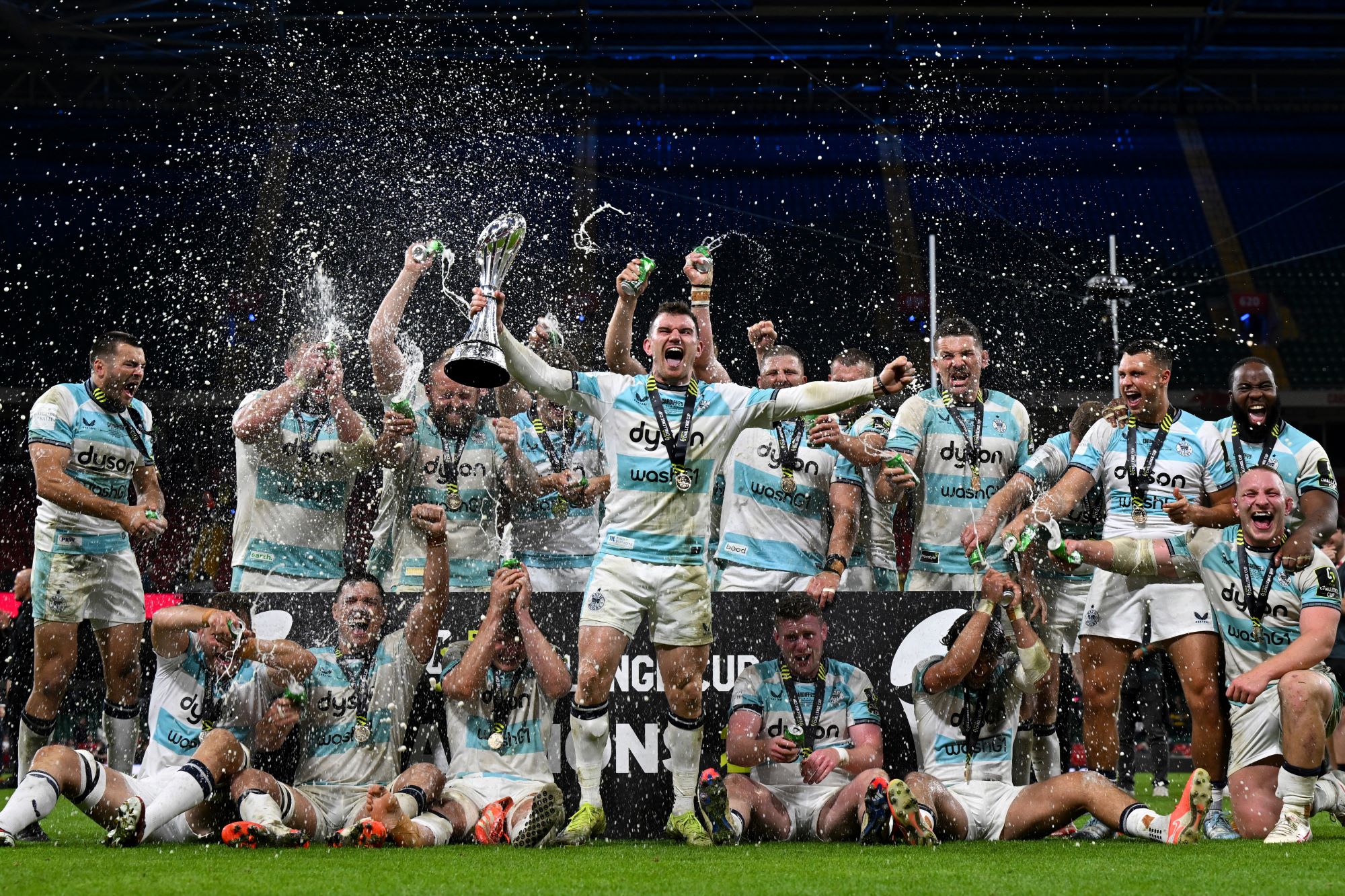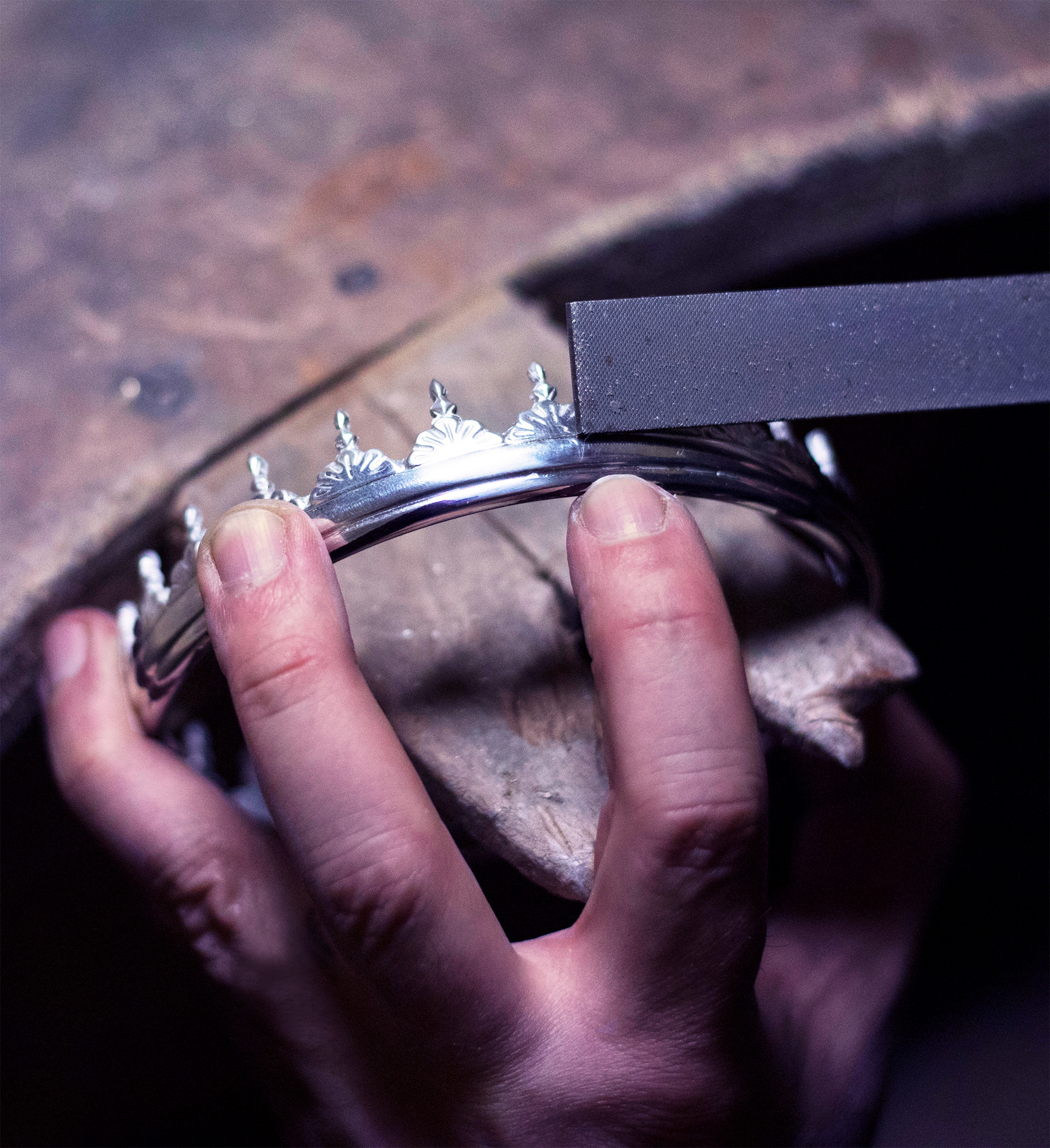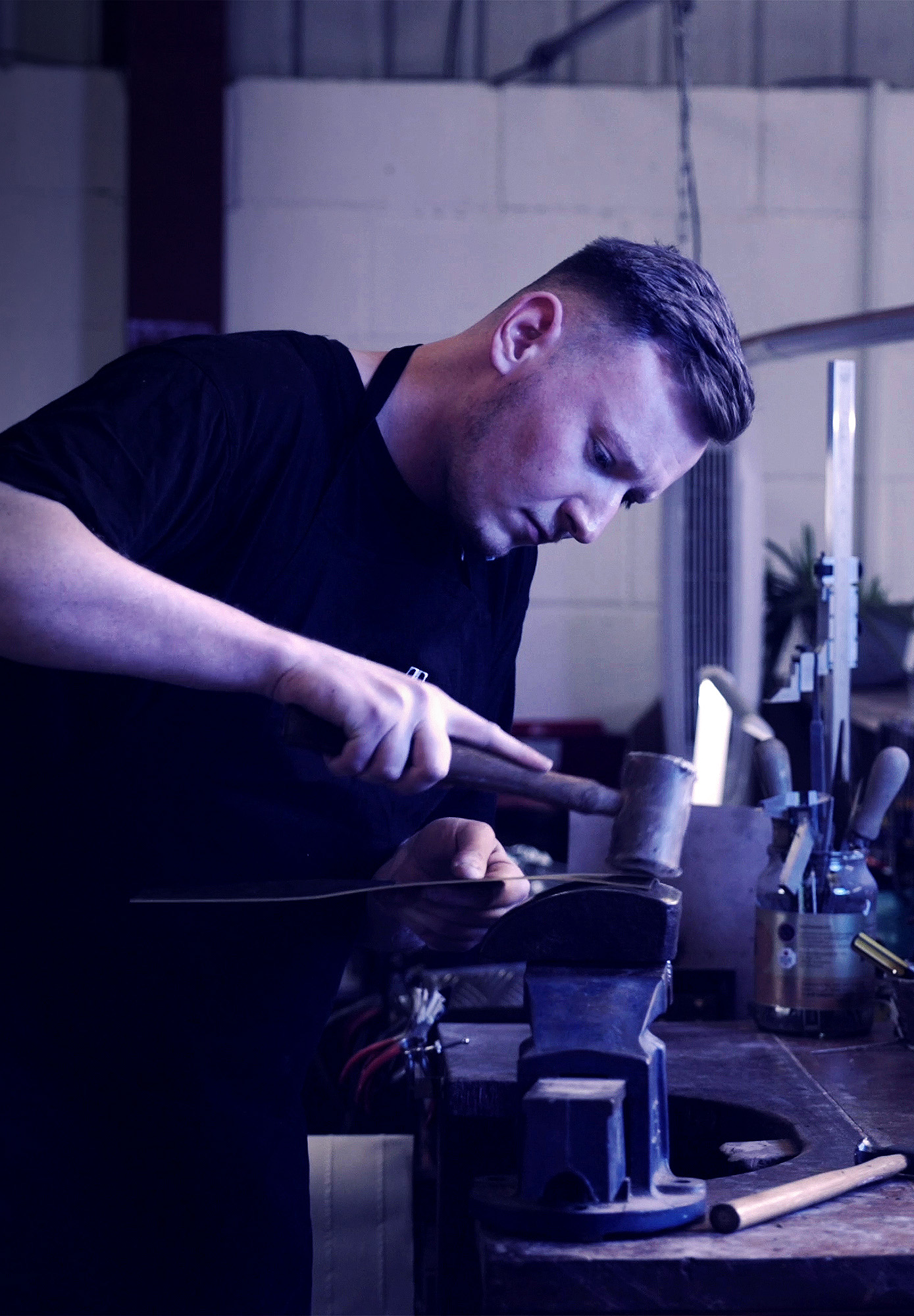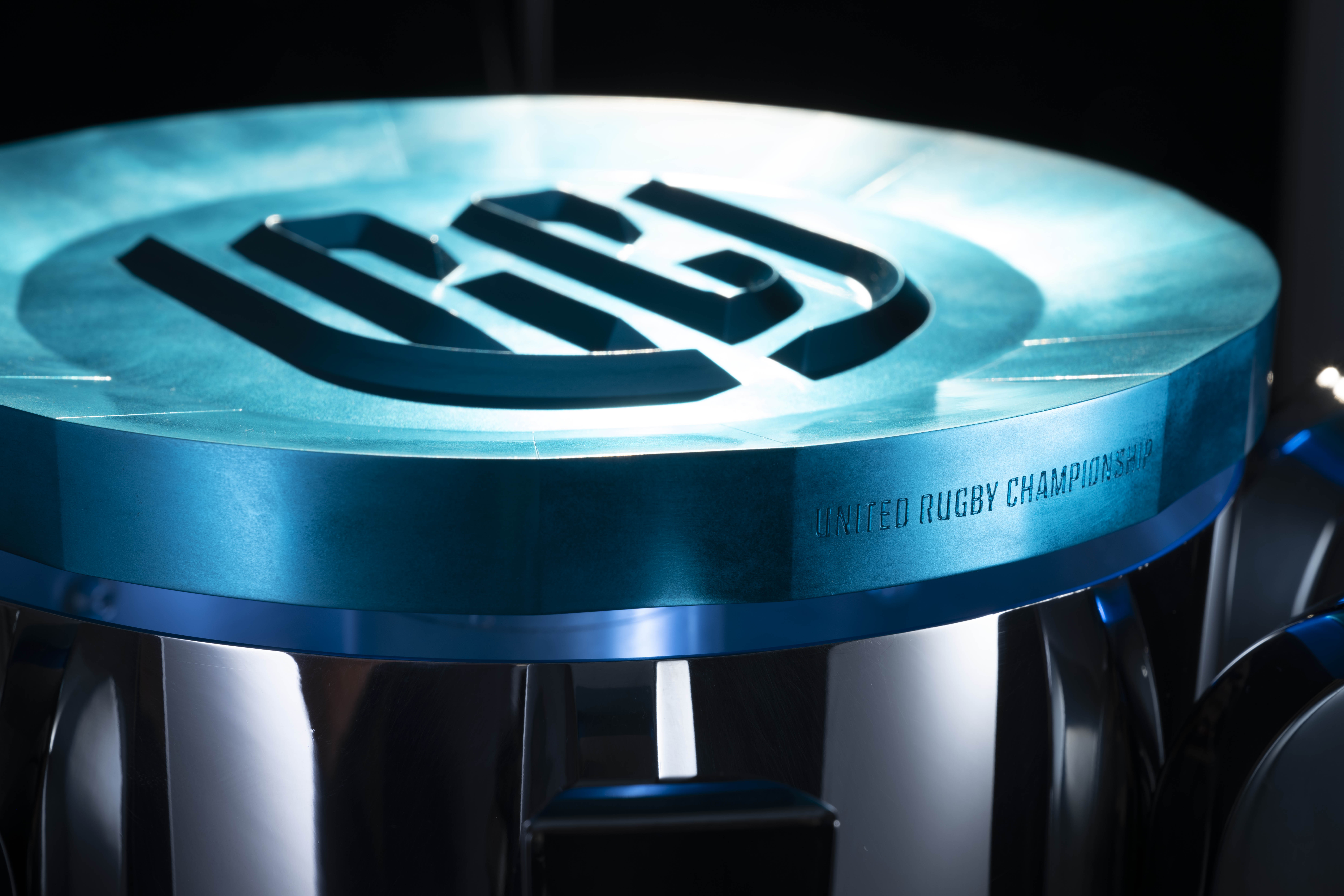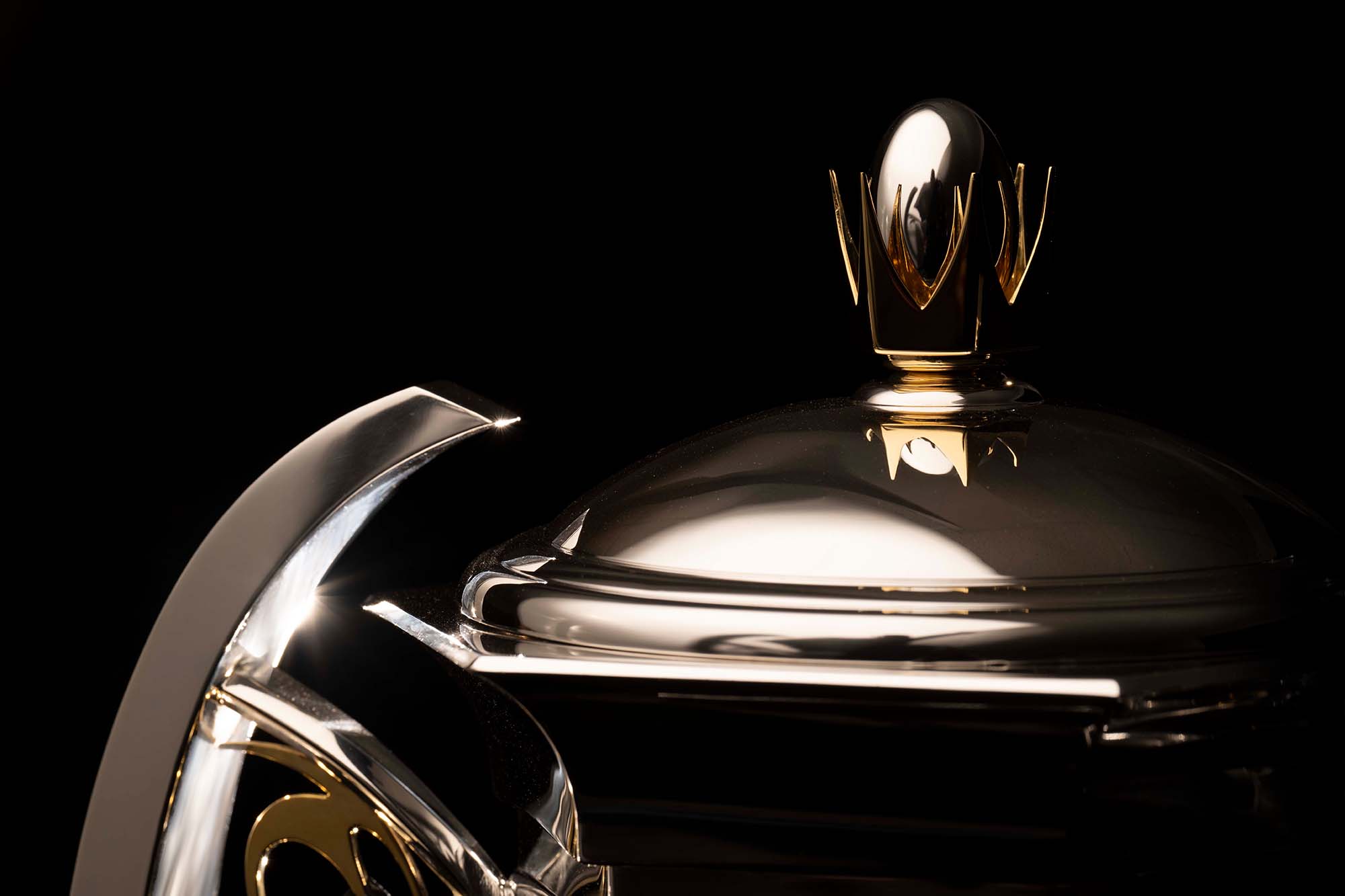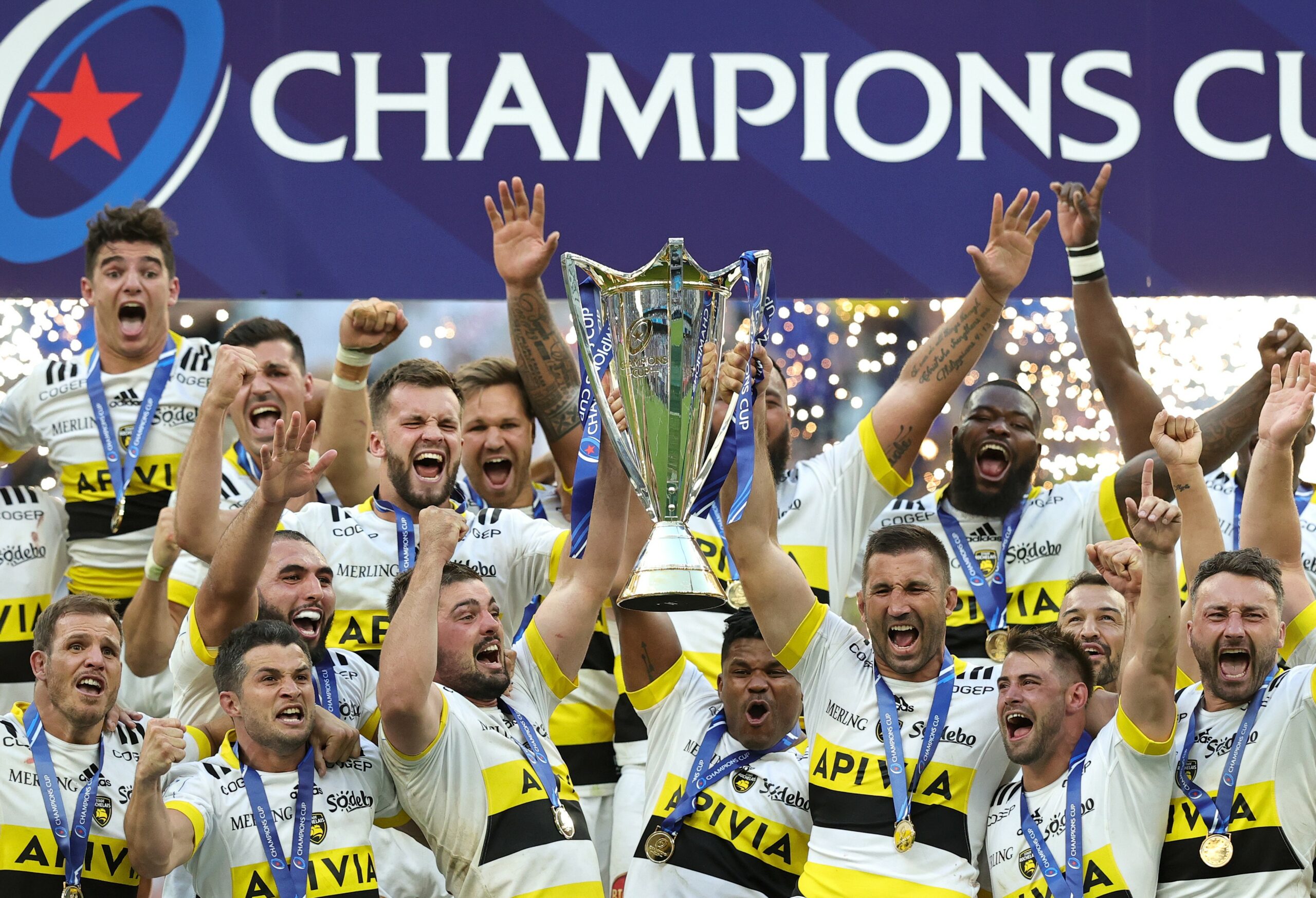Who designed the EPCR Challenge Cup?
The trophy is the brainchild of Thomas Lyte’s industry-leading team of designers and master crafters, which came to life in our fine silver workshops in London. The workshops have produced many of the most storied pieces of silverware in global sport.
Standing at an impressive height of 60cm and weighing 10kg, the focal point of the Challenge Cup is a silver rugby ball, which is titled upwards and supported with silver rods topped with silver stars. Those stars form an integral part of the Challenge Cup, representing both the symbol of the continent and the EPCR’s desire to see the sport spread its geographical wings across it.
Revealed alongside the EPCR Champions Cup – Europe’s premier rugby union prize – at a ceremony in the Irish capital, Dublin, the Challenge Cup proved an instant hit. The trophies were designed to symbolise the start of a new era for professional club rugby in Europe, with Gloucester lifting the first Challenge Cup in front of a packed house at the Stoop, the home of Harlequins, in West London.
![Slawn x Cup Culture FA Cup trophy made by Thomas Lyte]() SLAWN x Cup Culture: Where Football Meets Design, Art and Craft
SLAWN x Cup Culture: Where Football Meets Design, Art and Craft![Designers Makers Of The Queen Elizabeth II Platinum Jubilee Processional Cross 3 1306x1800]() Culture Round-Up: 2022 and the Queen Elizabeth II Processional Cross
Culture Round-Up: 2022 and the Queen Elizabeth II Processional Cross